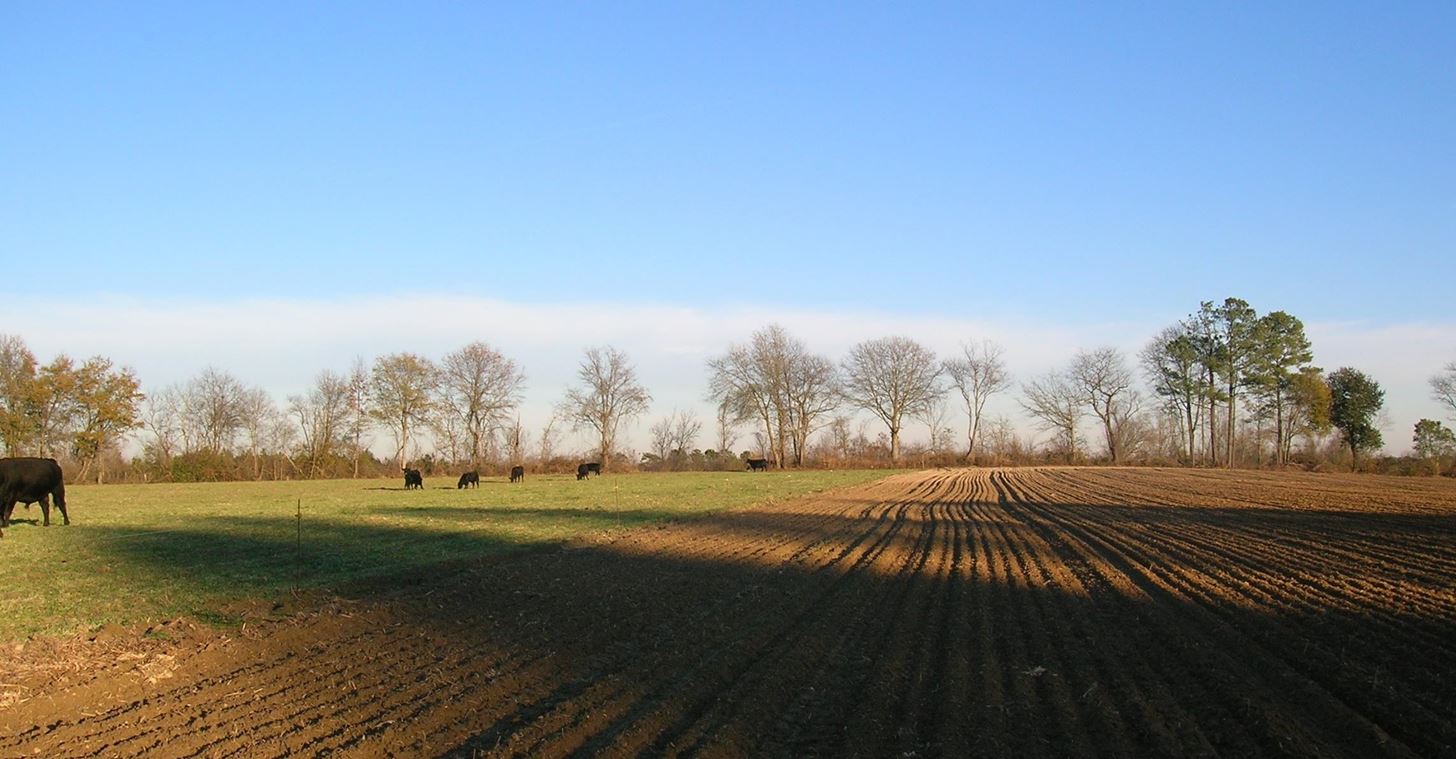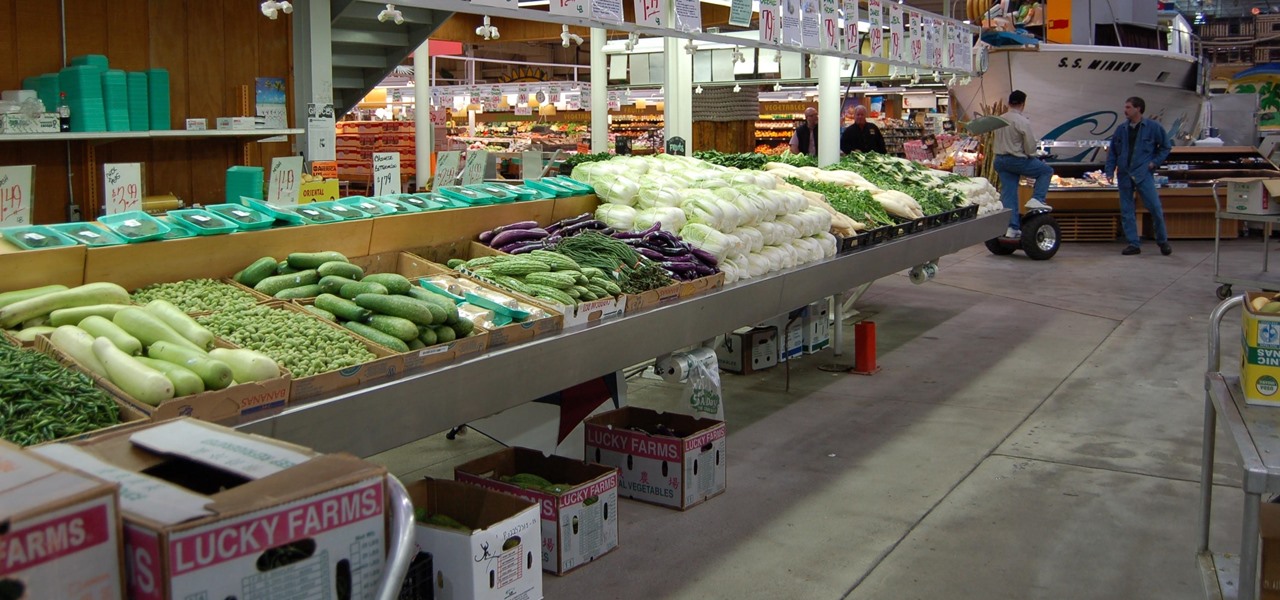We know that healthcare-related facilities can be fertile ground for antibiotic-resistant bacteria, but recent research suggests your produce aisle might be too.
In a presentation at a meeting of the American Society for Microbiology, researchers from California State University-Northridge discussed their analysis of bacteria found on ready-to-eat foods in grocery stores.
With about two million people infected each year by antibiotic-resistant bacteria, the search is on to develop new treatment options — and figure out how to avoid exposure to these pathogens in the first place. In this study, researchers found danger lurking on the grocery and the dairy aisle.
In recent years, outbreaks have called attention to the danger of pathogens on produce. In 2016 alone, frozen strawberries were infected with hepatitis A, alfalfa sprouts with Salmonella, and packaged salads with Listeria.

How Do Pathogens Get in Your Produce?
Agricultural products can be infected numerous ways during the field to fork process. Contamination hazards include:
- Water used to irrigate and wash fruits and vegetables can carry multiple pathogens including Salmonella, Escherichia coli (E. coli), Vibrio cholera, Shigella, Cryptosporidium, and Giardia. Because microorganisms can enter produce (fruits and vegetables) though parts of the plant like the stem, leaves, roots, and the fruit, contaminated water can promote infection on the inside, and the outside, of the fruit or vegetable. Water is contaminated by manure fertilizers, contaminants that historically exist in the soil, poorly maintained equipment, or unsanitary human practices.
- Fertilizers, like animal and human feces, can carry Salmonella, E. coli, and Cryptosporidium. Poorly composted, or fresh waste material used on fields, or municipal manures that contain human biosolids, are potent carriers of dangerous pathogens that leave microbial infection on, and in, food products.
- Farm and other workers can contaminate fruits and vegetables with Salmonella, E. coli, and hepatitis A. Poor hygiene from fecal material, hand or body lesions, or seeping wounds can spread infections to equipment and produce.
In a press release, researcher Bryan Sanchez, working with a team in the lab of Kerry Cooper, said, "since antibiotics are not commonly used by the produce industry, the fruits and vegetables are most likely contaminated with soil, a natural source of antibiotic-resistant bacteria."

By culturing samples from fresh produce and dairy products purchased at grocery stores in the San Fernando Valley, California, the research team uncovered findings that could make anyone lose their appetite:
- Organic and conventionally grown produce showed an average of 10,000 times more antibiotic-resistant bacteria (ARB) than dairy products.
- While dairy products had lower levels of ARB, one yogurt sample contained Colistin-resistant bacteria. Colistin is a longtime "drug of last resort" that is used to treat multi-drug resistant bacteria.
- While individual produce types were not identified in the presentation, the bacteria cultured were resistant, in varying levels to antibiotics that include, colistin, tetracycline, chloramphenicol, gentamicin, ampicillin, erythromycin, cefotaxime, and ciprofloxacin.
What is the take-home point when you are at the grocery store? While you cannot eliminate the possibility that the fruits, vegetables, or dairy products that you consume are free from dangerous bacteria, you can take steps to reduce the vulnerability of you, and your family, to infection. Consider these tips:
- Only buy fruits and vegetables that do not appear damaged or bruised. Misshapen fruit is just as healthy, and no more dangerous than perfectly formed fruit.
- Select prepared slices or cut fruit or vegetables that appear to be properly chilled.
- Separate fruit, vegetables, and meat in separate bags during your shopping trip.
- When home, refrigerate appropriately, and separately.
- Follow safe food handling practices to avoid cross contamination.
- Scrub, wash, or otherwise clean all produce. Special detergents are not needed. You need to wash produce from your own garden, and farmer's markets too. Thoroughly wash everything you intend to eat — even if you plan to peel it first.
- Dry produce with a paper towel or clean cloth, like you would dry your hands after washing to remove residual bacteria.
- Store leftovers properly and promptly.
"Our study shows that antibiotic-resistant bacteria are naturally present in many ready-to-eat foods such as fresh produce, but even dairy products with lower levels are directly consumed," Sanchez said. "These foods are potential sources of human exposure to antibiotic-resistant bacteria."
Just updated your iPhone? You'll find new emoji, enhanced security, podcast transcripts, Apple Cash virtual numbers, and other useful features. There are even new additions hidden within Safari. Find out what's new and changed on your iPhone with the iOS 17.4 update.


























Be the First to Comment
Share Your Thoughts